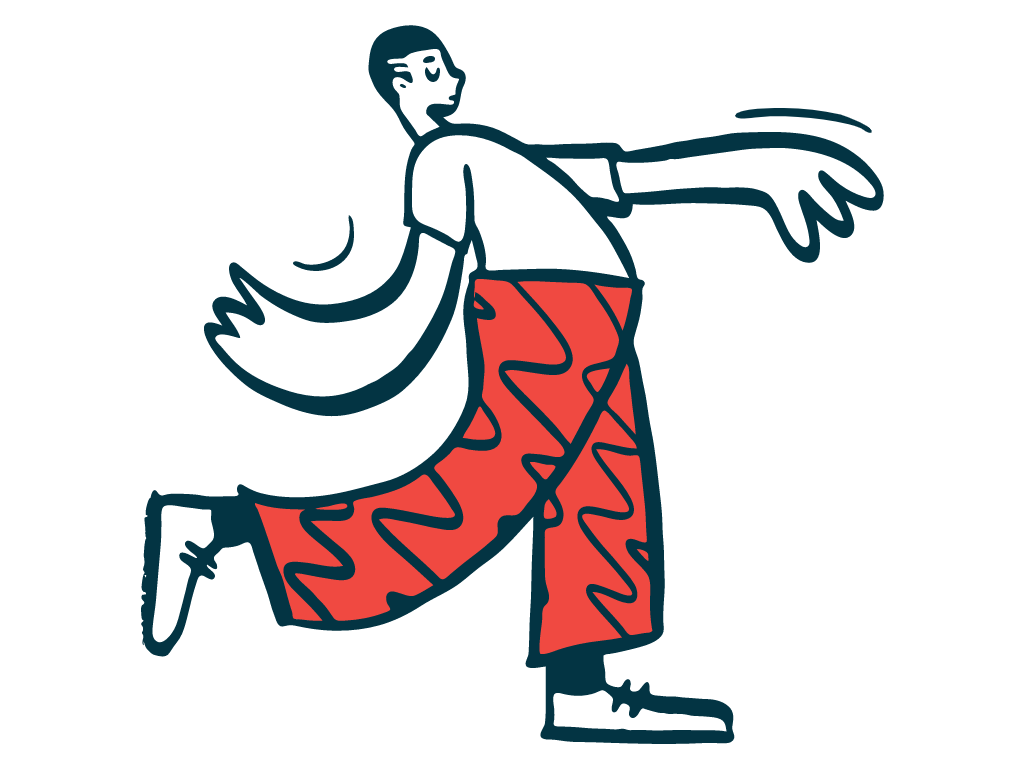Robot-assisted Thymectomy Helps Man Get Back Outdoors

Robot-assisted thymectomy surgery — a procedure to remove the thymus gland, here done using a robotic system console — eased the disease symptoms of a Colorado man diagnosed with myasthenia gravis (MG).
For Mike Oster, a Fort Collins retiree and avid fisherman, the procedure — performed by a cardiothoracic surgeon at UCHealth with the aid of a high-performance vision system and four interactive robotic arms — successfully treated the muscle weakness that is a hallmark symptom of MG.
The thymectomy, done in June 2020, “made a big difference” in Oster’s condition, his wife, Phyllis, said in a UCHealth news story.
“He’s healthier, sleeps better and is more active,” she said.
Oster, who always enjoyed being outdoors, had never had any major health problems. Then, about five years ago, his muscles started to feel increasingly weak and fatigued. He sought medical help, and in 2019 was diagnosed with MG.
At first, Oster was prescribed a regimen of steroids and hormone medications for treating the neuromuscular condition. But he did not like the way these medicines made him feel, physically or mentally.
After discussions with his healthcare team, Oster underwent a thymectomy — the surgical removal of the thymus gland, a tiny organ that sits right behind the breastbone — one of the main treatment methods for MG.
“The thymus is a training center, or what I like to call the ‘barracks’ for the human body’s immune system,” said Hao Pan, MD, the surgeon from the UCHealth Heart and Vascular Center, in northern Colorado, who operated on Oster.
During childhood, the thymus helps to train immune cells to fight off invaders like bacteria and viruses, Pan said. Then, around the start of puberty, the gland normally “shrinks and turns into a big glob of fat,” he said.
Oster’s thymus, however, had remained relatively large throughout his life, which is believed to contribute to the development of autoimmune diseases like MG. Removing the thymus can help to alleviate disease symptoms.
“Myasthenia gravis is no longer a medical disease. It’s a surgical disease that is drastically minimized with decreased steroid use,” Pan said.
Pan is the only surgeon in northern Colorado who performs robot-assisted thymectomy surgery. He noted that using the robotic system — called the da Vinci Surgical System — makes thymectomy “an easily recoverable procedure.”
A major advantage of robot-assist surgery, according to Pan, is that it eliminates the need to split the breastbone to reach the thymus, as is done in traditional open surgery. Instead, the procedure involves making four small holes in the side of the chest — three on the right and one on the left.
The surgery system allows the surgeon to visualize the internal structures within the body, and to make extremely small and precise movements. This increases surgical precision and means there is less risk of accidentally damaging other organs. Of note, the thymus sits right above the heart, and between the lungs.
Like any surgical procedure, robot-assisted thymectomy carries inherent risks; for instance, there is a roughly 1% chance of major bleeding. However, Oster said he was not worried before his surgery.
“I was perfectly comfortable with Dr. Pan,” he said. “He was so confident — he knew what he could do. I wasn’t nervous at all.”
Oster’s thymectomy was originally scheduled for March 2020, but it was delayed due to COVID-19. Oster continued on the steroid and hormone pills for a few additional months, then finally underwent the two-hour surgery in June.
“I spent three days in the hospital and then went home and mowed the lawn,” Oster said.
After the thymectomy, Oster spent a year getting what he called a “good tune-up” to address other health issues. He had a colonoscopy, underwent knee surgery, and received treatment for sleep apnea.
Now he and his wife are taking monthly road trips in their RV, visiting some of Oster’s favorite fishing spots in the mountains.
“I’ve always loved fishing,” Oster said. “To me, it’s very relaxing and an escape. You worry about the basics — do I have water and food — and not much else.”








